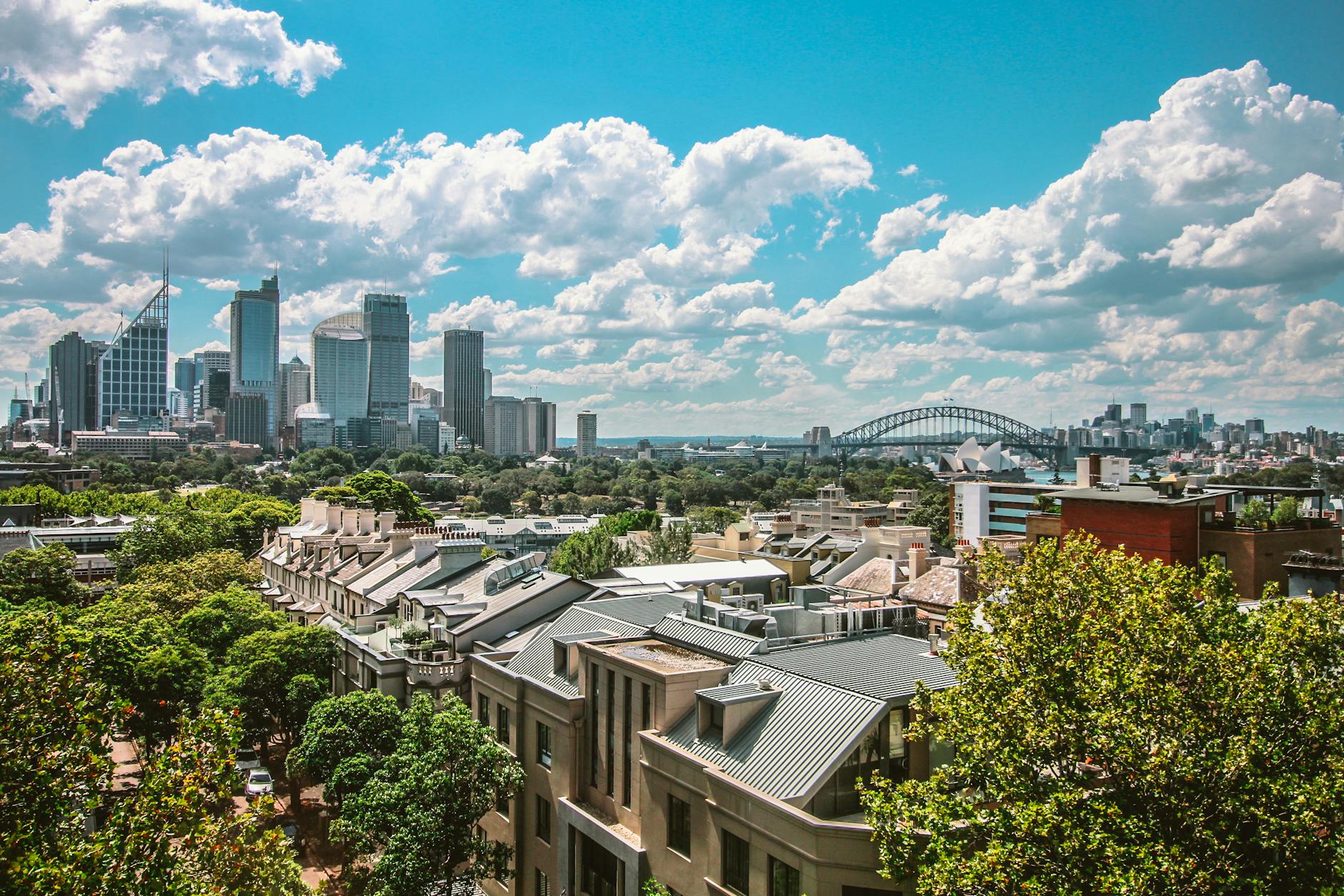We’ve reviewed the latest complete data from the Australian Bureau of Statistics to give you the latest stats about the Australian construction industry. The market size currently stands at $246.9 billion.
Sector-Specific Data
Building Construction: Totalled AUD $130.9 billion, covering both residential housing complexes as well as commercial developments like office blocks, shopping malls and warehouses. This sector encompasses new constructions as well as renovations and extensions to existing structures.
Residential Construction: Accounted for AUD $77.3 billion, reflecting the ongoing demand for new houses and apartments. The residential construction segment includes single-family homes, townhouses, duplexes and other multi-unit dwellings meant for living. The high amount indicates a thriving property market in Australia.
Non-residential Construction: Reached AUD $53.6 billion, with investments spread across the construction of educational facilities like schools and universities, healthcare buildings like hospitals and clinics, as well as retail developments such as shopping centres. This sector also includes constructions for industrial, recreational and other commercial purposes.
Engineering Projects: Totalled AUD $116.1 billion, underscoring the importance of infrastructure projects that support Australia’s economic growth and connectivity. This segment involves the construction of roads, bridges, railways, airports and other transport facilities as well as utilities like power plants, water treatment plants and telecommunications networks.
Trends
Recent trends highlight significant growth within the Australian construction industry, propelled by various sectors. The market has experienced a particularly strong impact from prefabricated housing, driven by the demands of low to mid-rise residential buildings, project homes, and public housing. The appeal of prefabricated housing is growing due to its cost-effectiveness and reduced environmental impact, which align with the needs of Australia’s expanding population projected to reach 37.6 million by 2050 (Mordor Intel).
The renewable energy sector is rapidly transforming the Australian construction industry. Investments in renewable energy infrastructure are projected to increase significantly over the next few years, driven by the development of large-scale renewable power generation, distribution and storage projects.
Investments in renewable infrastructure are forecasted to surge by 49% to AUD $5.2 billion in the 2024 fiscal year. Investments are then expected to continue rising to AUD $12 billion by fiscal year 2026. This growth reflects Australia’s national push towards sustainable energy solutions to meet its climate change commitments and reduce emissions (Coates).
The rise in renewable energy projects is creating demand for the construction of new power plants, wind farms, solar farms and battery storage facilities across the country. These projects require the construction of renewable power generation equipment, transmission and distribution infrastructure as well as electrical substations and interconnection systems.
The growth of the renewable energy sector is also spurring opportunities for the construction of associated infrastructure like access roads, site preparation works, electrical works and installation services. The development and construction of renewable energy projects is expected to continue over the long term, supported by state and federal government policies promoting clean energy.
Opportunities and Challenges
Looking ahead to 2024, the industry faces both opportunities and challenges. The expansion into transport, utilities, and renewable infrastructure projects continues to drive significant activity and demand for construction services. However, the industry must navigate rising construction costs, longer planning approval timelines and constraints in the labour market.
Construction costs have been increasing at a rapid pace due to higher material costs, supply chain disruptions, and labour shortages. The price of key materials like steel, concrete, and timber has surged over the past year, pushing up costs for projects. Obtaining the necessary planning approvals and permits from federal and state governments has also become more time-consuming and complex.
Skilled labour shortages continue to plague the industry as the demand for construction outstrips the supply of qualified workers and tradespeople. This is creating upward pressure on wages and salaries as companies compete for talent.
The evolving regulatory environment, with a growing focus on sustainability and emissions reduction, is reshaping the cost and design of construction projects. Companies are investing more in low-carbon solutions, renewable materials, and technologies to improve efficiency and reduce waste (Coates). The importance of sustainable practices like reducing embodied carbon and enhancing resource efficiency through design is being prioritized.
Future Outlook
The Australian construction industry’s future looks promising, with a forecasted market size of USD 172.29 billion in 2024, expected to grow at a CAGR of 5% to reach USD 225 billion by 2029 (Mordor Intel). As the sector continues to adapt to technological advancements and regulatory changes, its contribution to Australia’s economic landscape is set to remain significant.
The Australian construction industry has a promising future outlook. The market size is forecasted to reach USD $172.29 billion in 2024, representing a compound annual growth rate (CAGR) of 5% to reach USD $225 billion by 2029 according to estimates from Mordor Intelligence.
As the industry continues to adapt to technological advancements and regulatory changes focused on sustainability, its economic contribution to Australia is expected to remain substantial. Some key trends driving future growth include:
Infrastructure investment: Continued investment in transport infrastructure like roads, railways, and airports as well as utility infrastructure like power grids and renewable energy projects will support industry expansion.
Residential construction: Demand for new residential construction and renovations is expected to remain high driven by population growth, urbanization, and rising incomes.
Non-residential construction: Growth in sectors like healthcare, education, tourism and commercial real estate will spur demand for non-residential construction projects.
Technology adoption: The industry is likely to see an increased uptake of technologies like AI, automation, Internet of Things (IoT), 3D printing and drones which can improve efficiency, safety and productivity.
Sustainability focus: Regulatory pressure, consumer demand and cost benefits will push the industry towards more sustainable practices and use of green materials to reduce its environmental impact.
While rising costs, skills shortages and complex approval processes pose challenges, the Australian construction industry is well-positioned to capitalize on the substantial opportunities that lie ahead through innovation, technological transformation and a focus on sustainability.

Leave a Reply